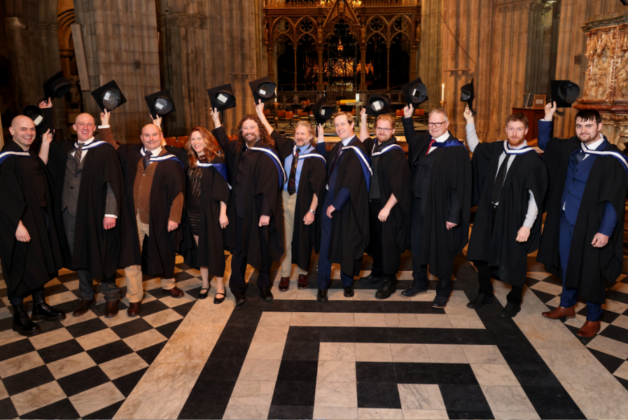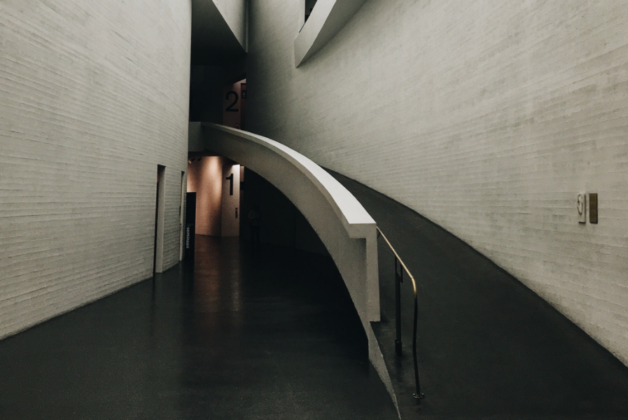© Diego Delso
Research commissioned by specialist heritage insurer Ecclesiastical suggests young people – aged between 18 and 30 – are less likely to visit heritage attractions in person once the lockdown lifts due to coronavirus fears.
Before the coronavirus lockdown many young adults in the UK aged 18-30 were disengaged with heritage. During the 12 months before the lockdown, most never visited stately homes (73%), galleries (66%), castles (61%) or theatres (53%) and 46% never visited museums (46%).
This situation is set to get worse as the lockdown lifts as young people have said they are even less likely to visit heritage attractions in person after the lockdown lifts.
“It’s sad to learn that some young adults today are even less likely to visit heritage attractions in the future than ever before due to coronavirus fears,” says Faith Kitchen, heritage director at Ecclesiastical. “While many heritage organisations have worked hard to offer digital experiences such as online galleries, virtual museum tours and live streamed theatre performances during lockdown, clearly more needs to be done to advertise to and engage young people.”
Digital is, however, still a revenue opportunity for heritage attractions, with 44% of young adults who visited a heritage attraction online during lockdown saying they would be willing to pay to access these if they were no longer free.
Online engagement has become integral to the sector during enforced closure. The British Museum has been uploading images of its collection online during the coronavirus pandemic to give people a way to access artefacts digitally during lockdown, while a photography exhibition at the National Portrait Gallery that never opened because of coronavirus was turned into a virtual reality experience.
Covid concerns
Those who are less likely to visit heritage attractions after the lockdown lifts are concerned that even if they are told it is safe there will be too many people visiting and they will risk catching coronavirus.
Compared to pre-pandemic levels, 65% of young people are less likely to visit museums and 60% are less likely to visit galleries due to concerns there may be too many people and they may risk catching coronavirus. While 56% are less likely to visit castles and 55% are less likely to visit stately homes because of this concern.
The top three things young people say they would like heritage attractions to offer are virtual tours (39%), virtual events (31%) and social media Q&As (30%).
“The coronavirus is having a major impact on heritage organisations and many are facing financial difficulties,” Kitchen adds. “We recognise that it’s an incredibly challenging time for the sector so it’s really encouraging to read that two fifths of young adults who visited a heritage attraction online during lockdown said they would be willing to pay to access a heritage attraction online if these were no longer free to view after lockdown.
“However, it’s also interesting to see that a third (32%) of young people weren’t even aware it was possible to visit heritage attractions online. Raising awareness seems to be a huge hurdle for organisations yet our research shows that prioritising spend or gaining funding for digital initiatives may support engagement with a younger audience and provide new revenue streams.”
Of those who would be willing to pay, six in ten (63%) would pay a small donation while 43% would pay a membership subscription to access these online experiences. Young people said they would be willing to pay because they value the experience (57%), they want to support the attraction financially (54%), they enjoy the experience (34%), and it would cost them more if they had to travel to the venue (14%).





